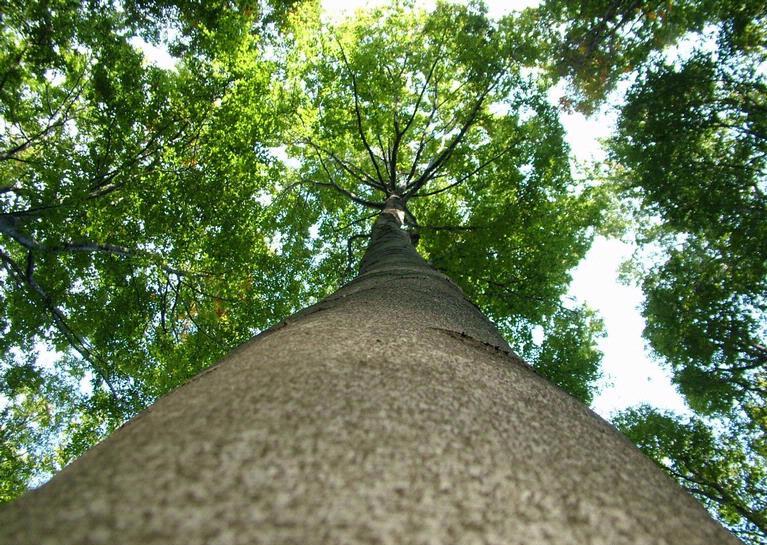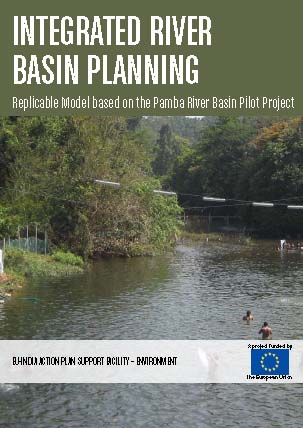/topics/governance
Governance
Solid waste management initiatives in small towns - Lessons and implications - A WSP report
Posted on 10 Jun, 2011 05:12 PM These efforts were developed and launched through urban local bodies and which transformed service levels and helped improve compliance with the Municipal Solid Waste Rules, in a context where the state of MSW services in most of the Indian towns has been far from sati
Tearing through the water landscape - Evaluating the environmental and social consequences of POSCO project in Odisha - A report by ESG
Posted on 08 Jun, 2011 03:34 PMBased on evidence from this inquiry, the study presents a critical analysis of the environmental and social impact information of POSCO's steel-power-port components to expose the fact that regulatory agencies have inadequate information on the short term and long term impacts of the project on the basis of the information that the company supplied to them. It also provides historical evidence
Volunteer with India Water Portal
Posted on 08 Jun, 2011 02:35 PMThere are several things that could be done to improve the content on India Water Portal. With this, we aim to start a series of posts listing some of the tasks that you could take up to contribute to the India Water Portal and the broader vision of "Safe sustainable water for all".
We have a set of basic resources that introduce the broad topic of water in India, for any visitor to the India Water Portal. One such resource is our page on water facts, which is a work in progress.
First-of-its-kind map depicts global forest heights - Update from NASA
Posted on 08 Jun, 2011 10:54 AM European Beech
European Beech
Photo: Forestryimages.org/University of West Hungary/Norbert Frank
Although there are other local-and regional-scale forest canopy maps, the new map is the first that spans the entire globe based on one uniform method.
The work - based on data collected by NASA's ICESat, Terra, and Aqua satellites - should help scientists build an inventory of how much carbon the world’s forests store and how fast that carbon cycles through ecosystems and back into the atmosphere. Michael Lefsky of the Colorado State University described his results in the journal Geophysical Research Letters.
ADB funded hydro projects in Himachal Pradesh: Disastrous experience - Press release by Him Dhara, SANDRP and HLJM
Posted on 06 Jun, 2011 06:07 PMReport questions ADB funded projects under the 'Himachal Clean Energy Development Programme'.
- ADB loans for four hydroprojects at eco-fragile zones
- Livelihood concerns and environmental issues un-addressed
- Section 17/4 – Urgency clause being used by HPPCL for forced acquisition of land
- Poor EIA reports and non compliance to environmental norms
Recently, a Public Hearing for the World Bank funded Luhri Hydro Electric had to be cancelled after public protests making it clear that the environmental and social impacts of Hydropower projects as well as the increasing gap between their promise and performance, especially in the Himalayan region have become issues of serious concern. And yet these projects continue to be promoted in the garb of renewable and clean energy. So much so that governments are borrowing millions of rupees from international banks and financial institutions to fund these so called 'green' projects.The four ADB financed hydro power projects being constructed by HPPCL include the 195 MW Integrated Kashang Stage I, II and III and the 402 MW Shongtong-Karccham in Kinnaur. The other two projects are the 111 MW Sawara-Kuddu hydropower projects in Shimla district and the 100 MW Sainj hydropower project in Kullu District.
Report of the workshop on High resolution cartosat satellite data
Posted on 04 Jun, 2011 01:01 PMIntroduction
Irrigation development is essential to ensure water and food security on a sustainable basis. Large scale development of irrigation infrastructure is the key to achieve these objectives. Accelerated Irrigation Benefit Program (AIBP) was launched by Government of India during 1996-97 to provide financial assistance to State Governments with the aim of speeding up the implementation of on-going irrigation / multi-purpose water resources projects. Monitoring of the projects covered under the AIBP is periodically done by the Central Water Commission / Ministry of Water Resources with the help of its regional offices situated all over the country. In the absence of real time maps during construction, the conventional monitoring is done through discussions with field authorities and random field checks. The monitoring reports with non-spatial information generally lack in the synoptic view of the critical gaps and the quantitative progress achieved in irrigation potential creation.
The availability of data from Cartosat - 1 and Cartosat - 2 high resolution satellites has enhanced the scope of infrastructure mapping and monitoring. This data has immense potential for assessment of progress of Irrigation works and closer visualization of spatial irrigation network.
Upward revision of incentive amount for construction of individual household latrine under Total Sanitation Campaign - PIB Release
Posted on 04 Jun, 2011 11:11 AMThe incentive for one unit of Individual Household Latrine (IHHL) has been raised from existing Rs. 2,200 (Rs. 2,700 for difficult and hilly areas) to Rs. 3,200 (Rs. 3,700 for difficult and hilly areas). The central share out of this shall be Rs. 2,200 (Rs. 2,700 in case of hilly and difficult areas) and State Government share shall be Rs. 1,000. Minimum beneficiary share shall be Rs. 300. State Governments are allowed the flexibility to provide higher incentive for a household toilet, of the same or higher unit costs from their own funds.
Centre for Environment Education is looking for Project Officer at Ahmedabad – Apply by 2nd June, 2011
Posted on 31 May, 2011 05:30 PMContent courtesy: DevNetJobsIndia
Centre for Environment Education (CEE) India is an internationally acclaimed institution in the field of environmental education and Education for Sustainable Development (ESD). CEE, a Centre of Excellence of the Ministry of Environment and Forests, Government of India, works with stakeholder groups like children, youth, communities and in-service professionals in urban and rural areas.
Integrated River Basin Planning – Experience on policy and practice in Pamba River Basin in Kerala – A report by APSF Environment Project
Posted on 30 May, 2011 09:50 PM The Pamba Pilot Project’s aim was to deliver “Policy Support to Integrated River Basin Management” and to contribute to the continuing EU-India policy dialogue in the water sector.
The Pamba Pilot Project’s aim was to deliver “Policy Support to Integrated River Basin Management” and to contribute to the continuing EU-India policy dialogue in the water sector.
The consultative committee of the Ministry of Water Resources discusses the role and functions of Central Water Commission - PIB Release
Posted on 30 May, 2011 03:25 PMThe Consultative Committee of the Ministry of Water Resources met recently under the Chairmanship of Shri Salman Khurshid, Minister of Water Resources. Minister of State for Water Resources, Shri Vincent H. Pala was also present along with the secretary and other senior officers of the Ministry.





